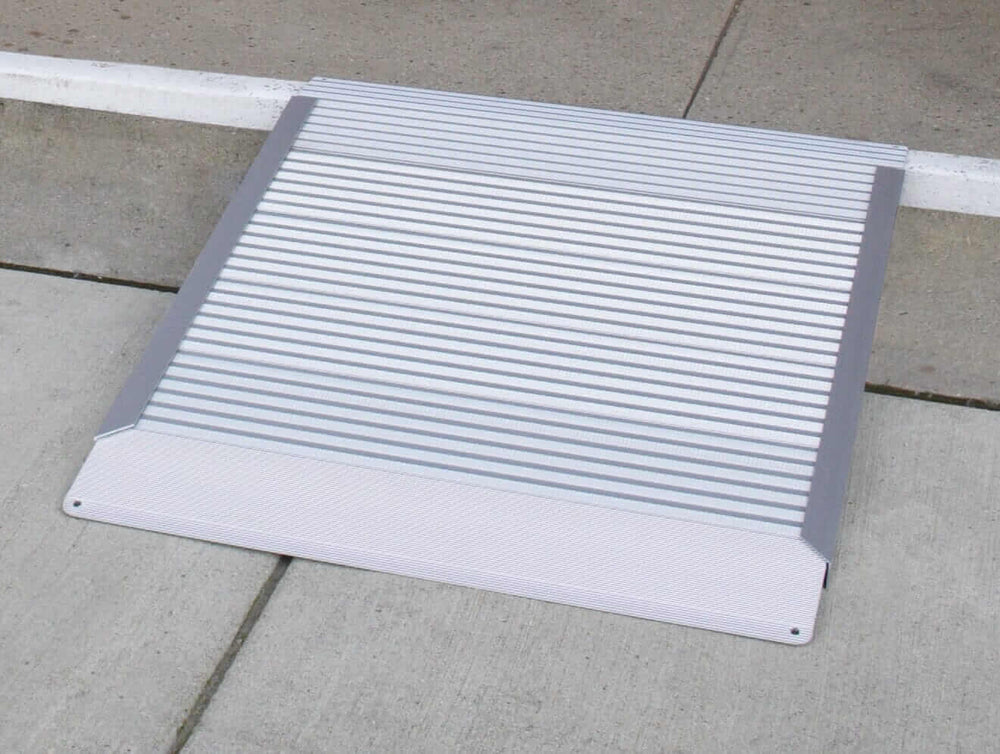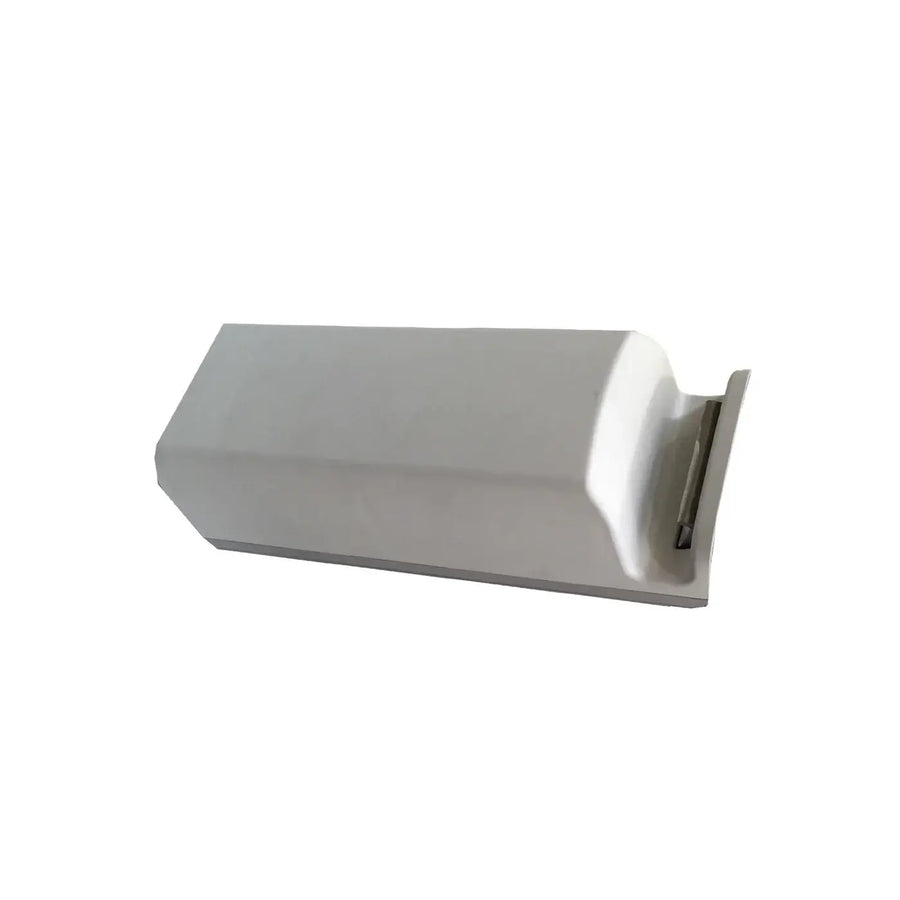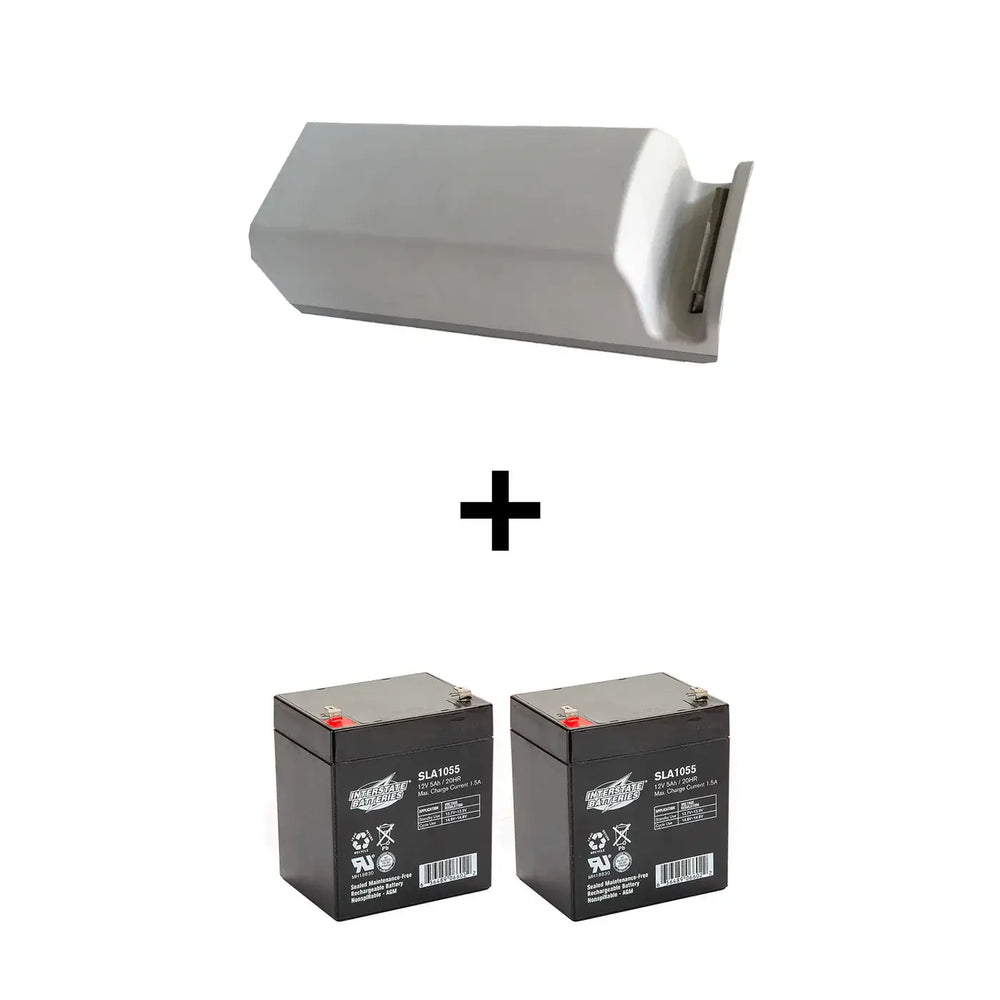The Importance of Safety Features in Disability Ramps: What You Need to Know
Significance of safety features in disability ramps
Safety features are crucial in disability ramps as they ensure the safety of individuals with disabilities. Some key points to consider about the significance of safety features in disability ramps are:
- Safety features such as handrails and non-slip surfaces provide stability and support for individuals using the ramp.
- Visual markers and contrasting colors help people with visual impairments navigate the ramp safely.
- Proper lighting along the ramp enhances visibility, especially during low-light conditions.
- The inclusion of safety gates or barriers can prevent accidents and provide added security.
- Regular maintenance of safety features is essential to ensure their functionality and effectiveness in preventing accidents.

Common safety features in disability ramps
When designing disability ramps, common safety features to consider include handrails for stability, non-slip surfaces to prevent falls, adequate width for wheelchair access, and proper slope for easy navigation. Handrails provide support, especially for those with mobility issues. Non-slip surfaces increase traction, reducing the risk of slipping. The width of a ramp should be at least 36 inches to accommodate wheelchairs comfortably. The slope generally follows a 1:12 guideline, meaning that for every inch of vertical rise, there are 12 inches of ramp run. This follows ADA. However, this can vary depending on the ramp’s purpose and installation location. For commercial ramps, ADA requirements need to be met, and readers can refer to the “What Degree Should a Wheelchair Ramp Be?” blog to determine the appropriate slope for their specific needs. These features together ensure safe and accessible passage for individuals with disabilities.
Importance of handrails and non-slip surfaces
Handrails and non-slip surfaces are crucial elements in disability ramps to ensure safety for users. Handrails provide support and stability, especially for individuals with mobility challenges. The presence of handrails can prevent accidents and offer a sense of security while navigating the ramp. Non-slip surfaces help prevent slips and falls, particularly in wet or icy conditions. These features work together to enhance the overall safety and usability of disability ramps, making them essential for creating accessible environments.
Impact of width and slope on safety
The width and slope of a disability ramp play a crucial role in ensuring safety. A wider ramp provides more space for maneuvering, especially for larger mobility devices. A slope that is too steep can make it challenging for individuals to navigate the ramp safely. Ideal slope angles are between 1:12 and 1:20 - this means that for every inch of height, there should be at least 12 inches of ramp length. A slope that is too steep can increase the risk of accidents. It is important to consider both the width and slope when designing or installing a disability ramp to promote safe and easy access for individuals with disabilities.
Understanding weight capacity and durability
Ramps need to support the weight of a person using a wheelchair or mobility aid, so always check their weight capacity before use. The durability of a ramp is essential too; it needs to withstand regular use and different weather conditions without getting damaged. Remember, ensuring proper weight capacity and durability of ramps is crucial for safety and long-term use.
Compliance with safety regulations
To ensure that disability ramps are safe and effective, it is crucial to comply with safety regulations. These regulations are in place to protect individuals using the ramps and to prevent accidents. Some key aspects of compliance include ensuring the ramp’s slope is within the recommended range of 1:12 to 1:20, providing handrails on both sides of the ramp, and implementing non-slip surfaces to prevent slips and falls. Additionally, the width of the ramp should be adequate to accommodate wheelchairs comfortably, and there should be proper lighting for visibility. By adhering to safety regulations, you can create a secure environment for individuals with disabilities to navigate with ease and confidence.
Installation and maintenance considerations
When installing a disability ramp, it’s crucial to ensure proper installation and regular maintenance. Here are key considerations to keep in mind:
- Proper Installation:
- A well-installed ramp is crucial for safety and usability. Make sure the ramp is the right size and slope for easy navigation.
- Use high-quality materials that can withstand varying weather conditions.
- Ensure the ramp is securely attached to the building to prevent accidents.
- Regular Maintenance:
- Inspect the ramp regularly for any signs of wear and tear, such as loose bolts or slippery surfaces.
- Clean the ramp regularly to prevent the buildup of debris or slippery substances.
- Repair any damages promptly to maintain the ramp’s safety and functionality.
By paying attention to installation and maintenance considerations, you can ensure that your disability ramp remains safe and accessible for all users.
Benefits of adding lighting to disability ramps
Adding lighting to disability ramps can significantly improve safety and accessibility, especially during nighttime or low-light conditions. It helps individuals with disabilities navigate the ramp more comfortably and reduces the risk of accidents. Lighted ramps also enhance visibility for caregivers or assistants providing support. The additional lighting can increase overall security and confidence for everyone using the ramp.
Enhancing accessibility through proper safety features
When it comes to disability ramps, ensuring they have the right safety features is crucial for accessibility. Here’s what you need to know to enhance accessibility through proper safety features:
- Safety features such as handrails, non-slip surfaces, and proper incline angles are essential for ensuring the safety of individuals using the ramp.
- Handrails provide stability and support for users, especially those with mobility challenges.
- Non-slip surfaces help prevent slips and falls, promoting a safer environment for everyone.
- The incline angle of the ramp should adhere to regulations to ensure ease of use and safety for wheelchair users.
- Proper safety features not only enhance accessibility but also promote inclusivity and independence for individuals with disabilities.
Conclusion and key takeaways
When choosing a disability ramp, safety features are crucial for ensuring a secure and reliable access solution. Look for ramps with features like non-slip surfaces, sturdy handrails, and proper slope angles to enhance safety for users. Additionally, consider ramps that comply with ADA guidelines to guarantee accessibility standards are met. Remember, prioritizing safety features in disability ramps is essential to provide a reliable and secure solution for individuals with mobility challenges.







Leave a comment